Sorta Kinda
-
Ships in 2 to 3 weeks
Details
Description
SKU: JL.JLP-8149
By The Claude Thornhill Orchestra. Edited by Jeffrey Sultanof. Arranged by Gil Evans. Jazz Vocal. Swing. Score and parts. Published by Jazz Lines Publications (JL.JLP-8149).Background:Trombonist/vocalist Trummy Young recorded his own composition "Sorta Kinda" in January of 1945 for the Continental label. It was a cute song that might have been forgotten if Gil Evans had not arranged it for the Claude Thornhill band. The setting was recorded twice for radio-only transcriptions and also for Columbia Records. It remained in the Thornhill book into 1947, pretty good for a song that was not really a hit. The Music:This is one of our favorite Gil Evans arrangements, and we're delighted to be able to publish it. Evans took a simple little tune, arranged the first chorus as jump swing, employed a tricky modulation that is linear and dissonant part of the way (shades of "Moon Dreams"), and from the vocal on, turns "Sorta Kinda" into a fun exercise in bebop. Since there were few musicians in the band who were thoroughly acquainted with modern jazz, Evans had to teach them how to phrase musical lines that sounded like Charlie Parker, and they later said that they worked hard at this, even though they didn't understand what Evans was trying to do. The first recording for Lang-Worth Transcriptions is too slow and tentative; by the time of the Columbia recording a year later, the band sounds quite assured and plays the harmonized bebop near perfectly. At the very end, he has the two French horns sounding suspiciously like a musical raspberry. There is even the sound of one musician laughing. It would be nice to find another word for brilliant, because this arrangement deserves a strong accolade along these lines. We have included alternate parts for the two horns (a 4th trumpet and 3rd trombone) and the tuba part may be played by a bass trombone. The vocal melody is cued in the piano part and we have included optional B flat and E flat soloist parts so that this may be played as an instrumental piano feature or with a soloist.
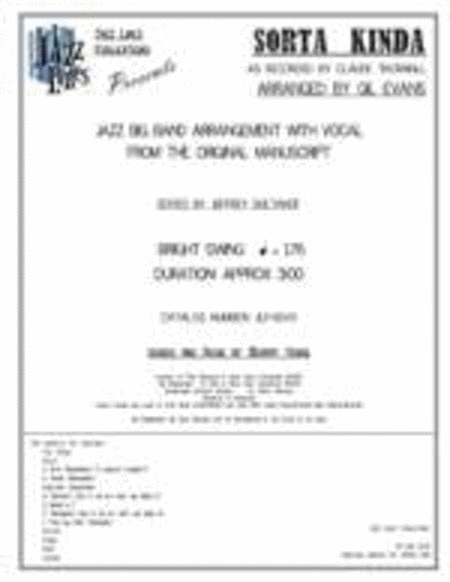
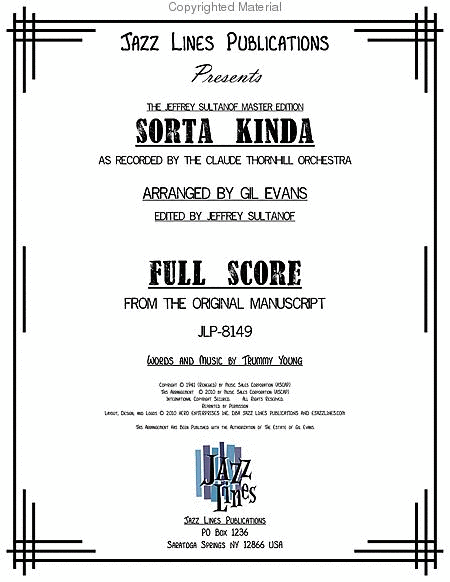
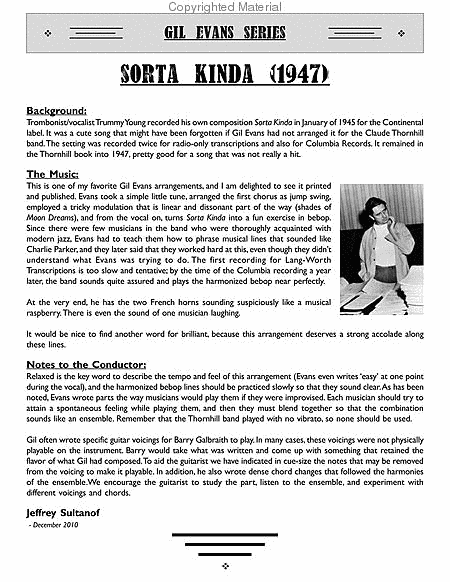
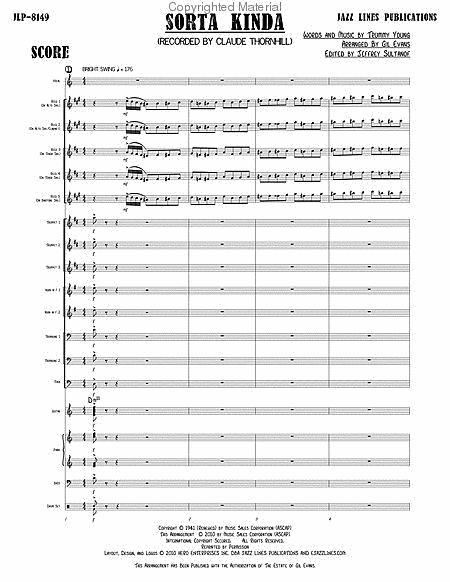
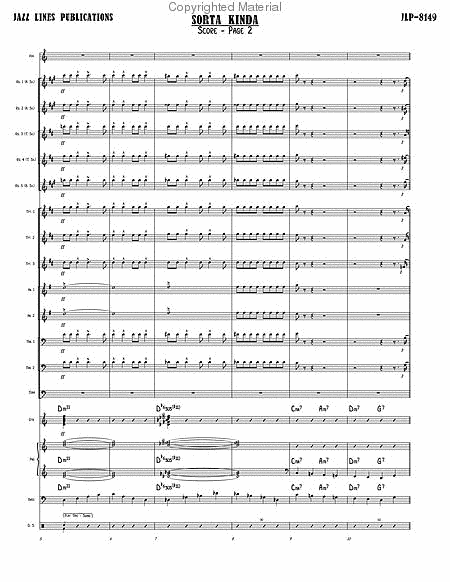
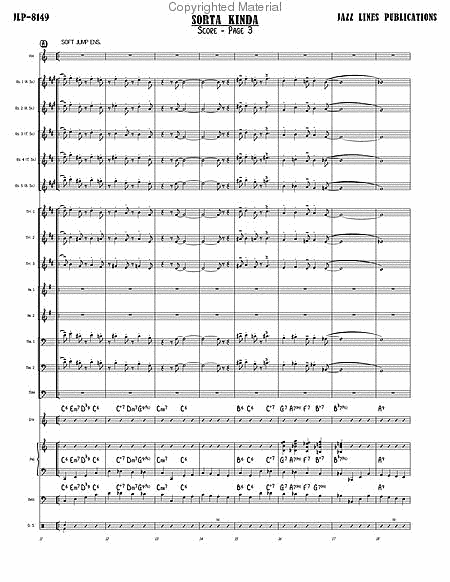
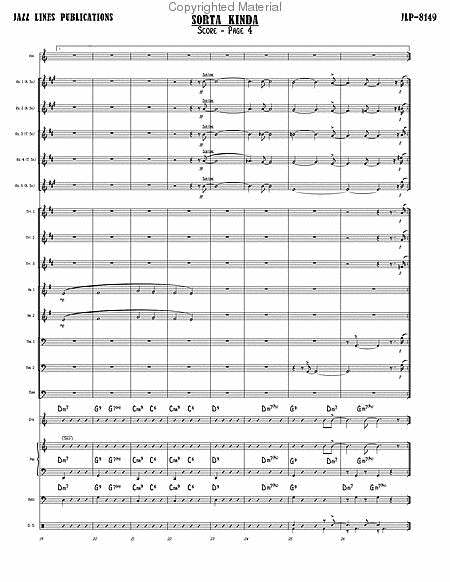
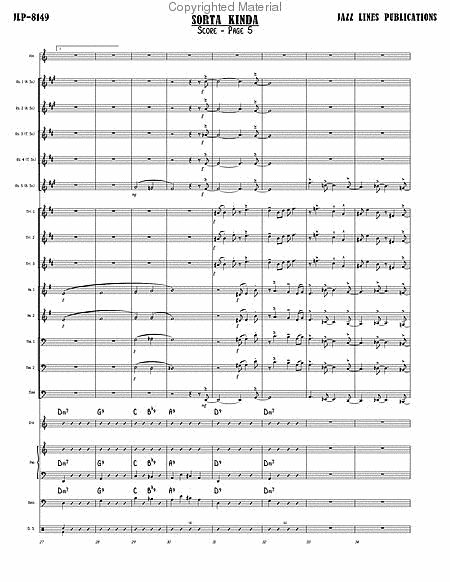
 Share
Share